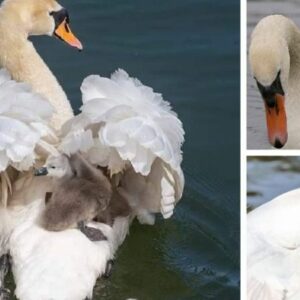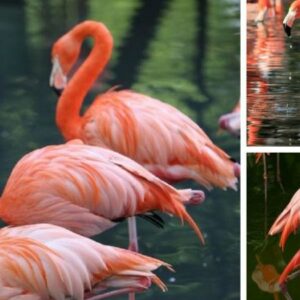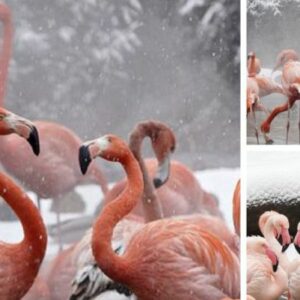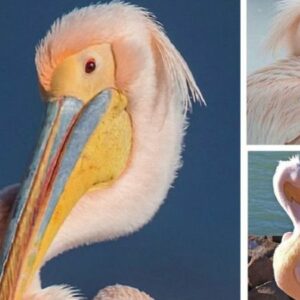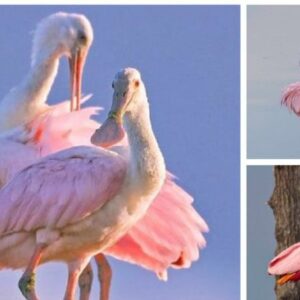His head of brilliant gold makes him very impressive to the eye and a real attention-getter. However, his voice leaves a lot to be desired!
Meet the Yellow-headed Blackbird

PH๏τo Courtesy of USFWS Mountain Prairie / Public Domain
The yellow-headed blackbird (Xanthocephalus xanthocephalus), is a medium-sized blackbird, and the only member of the Xanthocephalus genus. The adult male of this species has a body covered in mainly black plumage with a yellow head and a white wing patch.

PH๏τo Courtesy of Becky Matsubara / CC BY 2.0
This combination makes for a very attractive bird, his voice though tends to sound like a rusty farm gate.
The adult female is mainly brown with a dull yellow throat and breast, while juveniles tend to look like her too.

PH๏τo (cropped) Courtesy of Becky Matsubara / CC BY 2.0
These birds are resident breeders in parts of Arizona and California. While other North American birds migrate in the winter to the southwestern United States and Mexico.

PH๏τo Courtesy of USFWS Mountain Prairie / CC BY 2.0
Their breeding habitat is in the cattail marshes of North America, mainly west of the Great Lakes region.

PH๏τo Courtesy of Blalonde / CC BY-SA 4.0
Yellow-headed blackbirds forage in marshy areas, or on the ground looking for seeds and insects to dine on. They can quite often be seen foraging in flocks, or with other blackbirds. They will also sometimes catch insects on the wing.

PH๏τo (cropped) Courtesy of Becky Matsubara / CC BY 2.0
During the breeding season, the male Yellow-headed blackbird establishes and then, defends, a small territory of prime nesting reeds. He can attract up to eight females in this territory who go on to build nests. He will also help feed nestlings in the first nest established, while the other females will have to feed the young on their own.

PH๏τo Courtesy of USFWS Mountain Prairie / CC BY 2.0
Due to this species’ large breeding range, it is described as common throughout its breeding area, for this reason, it is listed as of Least Concern on the IUCN list.

PH๏τo Courtesy of USFWS Mountain Prairie / CC BY 2.0
